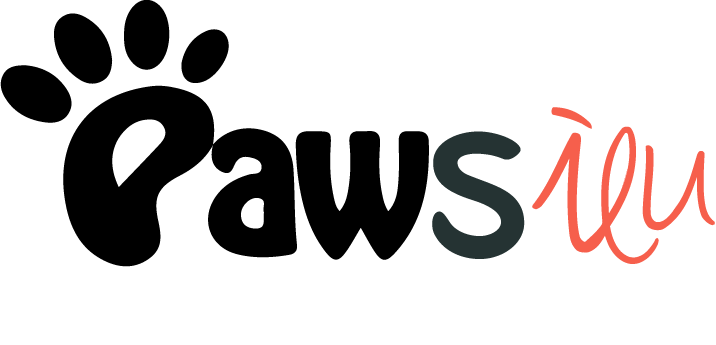Table of Contents Show
In the ever-evolving world of pet care, selecting the right dog food for your furry friend can feel like navigating a maze with endless turns and choices. With the global pet food market expected to reach USD 113.08 billion by 2024, as reported by Grand View Research, the options are vast and varied.
From organic blends to special dietary formulas, understanding what’s best for your dog can seem daunting. This article aims to shed light on how to discern the ideal nutrition for your canine companion, supported by statistics, studies, and expert insights, ensuring your decision is well-informed and beneficial.
Understanding Your Dog’s Nutritional Needs
First and foremost, recognizing your dog’s unique nutritional requirements is crucial. Dogs, like humans, need a balanced diet to thrive, including proteins, fats, carbohydrates, vitamins, and minerals.
The Association of American Feed Control Officials (AAFCO) provides guidelines that most pet food manufacturers follow to ensure their products meet these basic nutritional standards.
According to the AAFCO, adult dog food must contain a minimum of 18% protein for maintenance and 22% for growth and reproduction. However, these are just starting points.
Decoding Dog Food Labels
Learning to read and understand dog food labels is your next step. The ingredients are listed in descending order by weight, giving you insight into the composition of the food. A study published in the Journal of Animal Science highlights the importance of identifiable animal protein sources as the first ingredient, suggesting a higher quality of dog food.
Additionally, look for foods with whole grains, vegetables, and fruits, as these provide essential nutrients and fiber.
The Great Debate: Wet vs. Dry Dog Food
The choice between wet and dry dog food is a common dilemma for pet owners. Dry food, which dominates the market with a 61% share according to a report by Petfood Industry, is praised for its convenience and dental benefits.
On the other hand, wet food, often higher in protein and moisture, can be beneficial for hydration and is sometimes preferred for its palatability.
The best choice depends on your dog’s health, age, and personal preference. Consulting with a veterinarian can provide tailored advice to make this decision easier.
Special Dietary Needs and Allergies
An increasing number of dogs are diagnosed with food allergies and sensitivities, with proteins being the most common allergens. A comprehensive study in the Veterinary Dermatology journal found that beef, dairy, and wheat are the top three allergens for dogs.
For pets with these issues, hypoallergenic dog foods that use novel protein sources or hydrolyzed proteins can be lifesavers. Additionally, dogs with specific health issues such as kidney disease, obesity, or diabetes may require specialized diets formulated to address these concerns.
Don’t miss: 10 Best Dog Breeds in the World
The Rise of Organic and Natural Dog Foods
The trend toward organic and natural pet foods is gaining momentum, mirroring human dietary trends. The Organic Trade Association reported a 10% growth in sales of organic pet food, significantly outpacing the overall pet food market’s growth. These products often boast no artificial colors, flavors, or preservatives, appealing to pet owners seeking clean, wholesome diets for their dogs.
While the benefits of organic foods are debated, a preference for natural ingredients is clear.
Considering Grain-Free Diets
Grain-free dog foods have surged in popularity, driven by the belief that grains are common allergens. However, recent studies, including research published by the Journal of the American Veterinary Medical Association, have explored potential links between grain-free diets and dilated cardiomyopathy (DCM) in dogs.
While no definitive cause has been established, it underscores the importance of choosing diets that are well-rounded and meet AAFCO guidelines, rather than following trends without understanding the potential health implications.
The Impact of Age and Activity Level
A dog’s age and activity level significantly influence dietary needs. Puppies, for instance, require diets rich in calories and nutrients to support their rapid growth, while senior dogs may benefit from lower-calorie diets to maintain a healthy weight.
Active breeds and working dogs like Border Collies and Corgi Husky Mixes also have higher caloric and protein requirements. Tailoring your dog’s diet to their life stage and activity level can promote optimal health and longevity.
Consulting with Professionals
Perhaps the most valuable advice is to consult with a veterinarian or a canine nutritionist. These professionals can offer insights based on the latest research, your dog’s health history, and specific needs, ensuring the diet you choose promotes your pet’s well-being.
Final Words
Choosing the best dog food for your furry friend is a decision that requires consideration, research, and often, professional advice. By understanding your dog’s nutritional needs, learning to read labels, considering age, activity level, and health issues, and staying informed about the latest in pet nutrition science, you can navigate the maze of options confidently.
Remember, the best diet for your dog is one that supports their health, happiness, and longevity, ensuring many joyful years together.
In this journey of pet parenthood, informed decisions pave the way for a healthy, vibrant life for our beloved dogs, truly embodying the sentiment that we are what we eat – a principle as true for our pets as it is for us.

